Namsan Arts Center (남산예술센터)
2021-08-26
138, Sopa-ro, Jung-gu, Seoul
+82-2-758-2150
Namsan Arts Center, reopened as a creative space in Seoul in September 2009. It redefined the colors and characteristics of the theater, aiming for a modern theater production center centered on creative premieres, a contemporary performance venue where visitors can feel the pulse of the times, and a theater capable of various experiments.
Namsan Arts Center Drama Center is the first modern folk theater in Korea and the oldest performance hall in which the original architectural form has been preserved. Under the concept of "Contemporary & New Wave," the center continues to produce domestic original plays, and through active exchanges with excellent overseas theaters, build a repertoire of high-quality works that can read domestic and overseas trends, and present contemporary cultural diversity.
Baekje History & Culture Museum (백제역사문화관)
2021-03-03
455, Baekjemun-ro, Buyeo-gun, Chungcheongnam-do
+82-41-408-7290
Located in Baekje Cultural Land, Baekje History & Culture Museum shows the history and culture of the Baekje period. Instead of exhibiting actual artifacts, the museum uses visual aids such as graphics, media, and miniatures to depict important cultural heritages and relics.
Seoul Nori Madang (서울놀이마당)
2021-02-10
136, Samhaksa-ro, Songpa-gu, Seoul
+82-2-2147-2800
Established on December 25, 1984, Seoul Nori Madang offers diverse traditional performances on an outdoor stage to promote Korean folk plays and culture. Performances are regularly held every weekend; it hosts over 120 performances every year and each performance attracts over 1,300 visitors. Within Seoul Nori Madang is Songpa Folk Preservation Association, which offers seminars on folk plays such as Songpa Sandae Nori and Songpa Baekjung Nori for students, free of charge.
BEXCO (벡스코)
2022-09-08
55, APEC-ro, Haeundae-gu, Busan
+82-51-740-7300
BEXCO is a large international exhibition/convention center in the middle of Busan. It offers spacious exhibition halls as large as three football fields combined, multi-purpose halls, and outdoor exhibition halls. Equipped with advanced equipment, the convention center is ideal for holding international exhibitions, meetings, concerts, or sporting events.
Boryeong Coal Museum (보령석탄박물관)
2019-03-18
508, Seongjusan-ro, Seongju-myeon, Boryeong-si, Chungcheongnam-do
+82-41-934-1902, +82-41-930-3566
Situated in Boryeong (Chungcheongnam-do), Boryeong Coal Museum focuses on the history of the coal industry and its importance. Its indoor and outdoor exhibition halls display a wide array of coal equipment employed to mine and carry coal. Visitors can also see a video depicting the coal mining process.
A reproduced mine is equipped with a tunnel (using the cold air from a closed mine) and decorated with photos on the wall of the tunnel. Reproducing the real process of coal mining, visitors may feel as if they are going up and down the mine, 400m underground. The museum is open from 9 a.m. to 6 p.m. (to 5 p.m. during the winter season); it is closed on Mondays.
Jeongdongjin Time Museum (정동진시간박물관)
2021-02-16
990-1, Heonhwa-ro, Gangneung-si, Gangwon-do
+82-33-645-4540
Jeongdongjin Time Museum is comprised of a steam locomotive and 180-meter-long train at the famous Sandglass Park. It features interesting and unique exhibition spaces based on the concept of time. Since its opening in 2013, the museum has been introduced on Korea's major television channels like KBS, MBC, SBS, and YTN as well as Chinese TV programs. In addition, the world's largest hourglass, even recorded in the Guinness Book of Records, is set up at the outside garden. Also, an extremely accurate bronze sundial with a x_height of 7.2 meters is installed in the garden.
Mungyeong Ceramic Museum (문경도자기전시관(문경도자기박물관))
2019-03-18
2416, Mungyeong-daero, Mungyeong-eup, Mungyeong-si, Gyeongsangbuk-do
+82-54-550-6416
Mungyeong is known for its exquisite ceramics. While each piece has its own individual shape and design, as a whole, ceramics of Mungyeong are highly regarded because of their historical and cultural value. Mungyeong is home to a number of master craftsmen as well as Sagijang (referring to craftsmen making chinaware), who have been officially designated National Intangible Cultural Property. As a renowned kiln site producing Buncheongsagi (grayish-blue celadon) since the early Joseon Period, Mungyeong still offers outstanding ceramics that reflect the essence of traditional craftsmanship.
Sori Arts Center of Jeollabuk-do (한국소리문화의전당)
2024-04-06
31, Sori-ro, Deokjin-gu, Jeonju-si, Jeonbuk-do
+82-63-270-8000
The city of Jeonju prides itself on its rich local culture and history of tradition. Residents are passionate about their heritage, especially when it comes to the arts. The Sori Arts Center of Jeollabuk-do exemplifies and celebrates these community values by regularly offering a full program of visual arts shows. An excellent venue for leisure activities, events, and gatherings, the building itself boasts a stunning architectural style that underscores the institution’s desire to increase art appreciation worldwide.
* Foundation: September 21, 2001
SJ. Kunsthalle (SJ쿤스트할레)
2021-02-09
5 Eonju-ro 148-gil, Gangnam-gu, Seoul
+82-10-2014-9722
SJ. Kunsthalle is an iconic place where culture and art figures meet to discuss the hosting of cultural events from trendy sub-culture to classic fine art. It has provided a wide variety of cultural platforms for exhibitions, performances, parties, fashion shows and workshops.
Constructed out of 28 recycled shipping containers, it has become a special place that offers a unique variety of sub-cultures that a conventional white cube gallery cannot not deliver. The minimalistic interior and open-space design were employed to foster the inclusion of a wide variety of art and culture into one large space. Now it is becoming an epicenter of cultural and artistic innovation, drawing the passionate attention of trend setters from around Korea, and even internationally.
Ottchil Art Museum (통영 옻칠미술관)
2020-07-07
36, Yongnamhaean-ro, Tongyeong-si, Gyeongsangnam-do
+82-55-649-5257
Tongyeong has been known for Najeonchilgi (mother-of-pearl crafts) for over four centuries. Naturally, Ottchil Art Museum (“Ottchil” meaning “lacquer”) showcases the best of mother-of-pearl crafts of Tongyeong.
Since prehistoric times, Najeonchilgi (along with its precursor, Chaehwachilgi) has formed the essence of traditional crafts. It refers to crafts employing mother-of-pearl. During the Goryeo Period (918-1392), Najeonchilgi blossomed into a national art; it evolved into a folk art during the Joseon Period (1392-1910).
The museum displays a mixture of daily use crafts and contemporary lacquer art (including formative art pieces), both employing the finest lacquer extracted from lacquer trees. The displayed items provide visitors with an opportunity to appreciate the elegance of traditional Korean crafts.
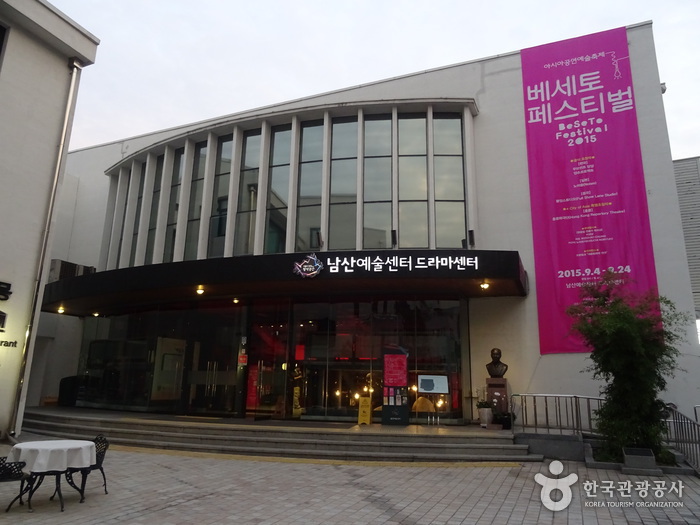

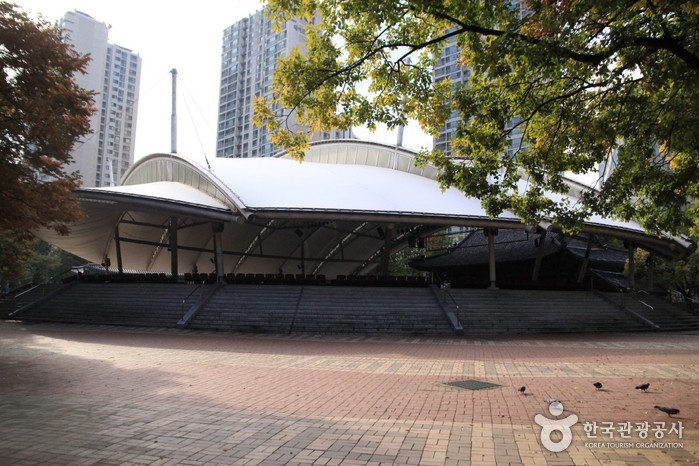
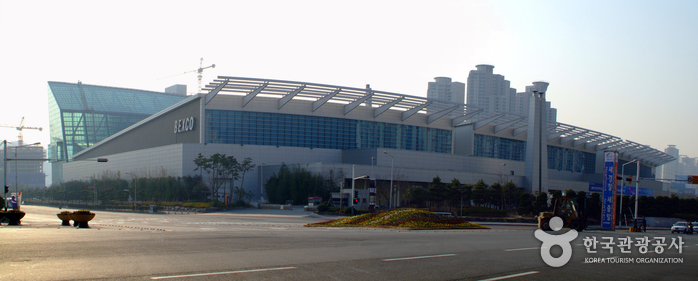
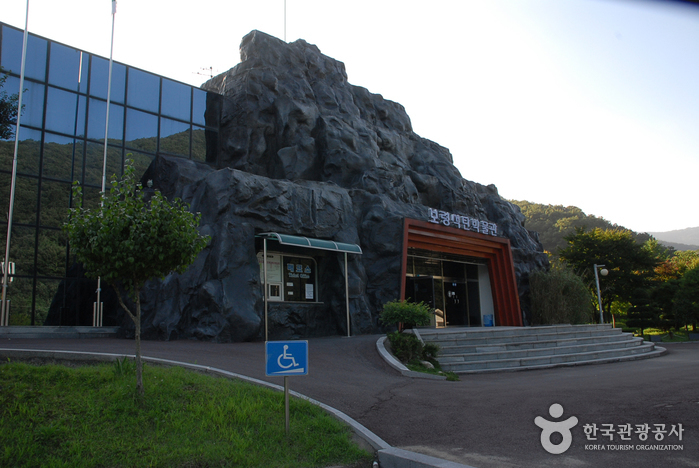
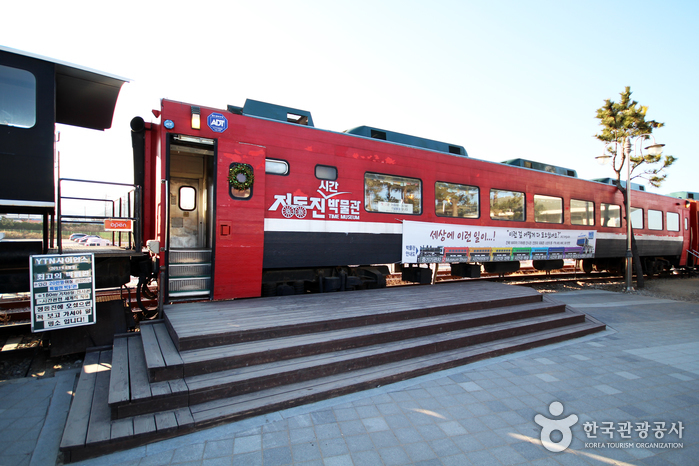
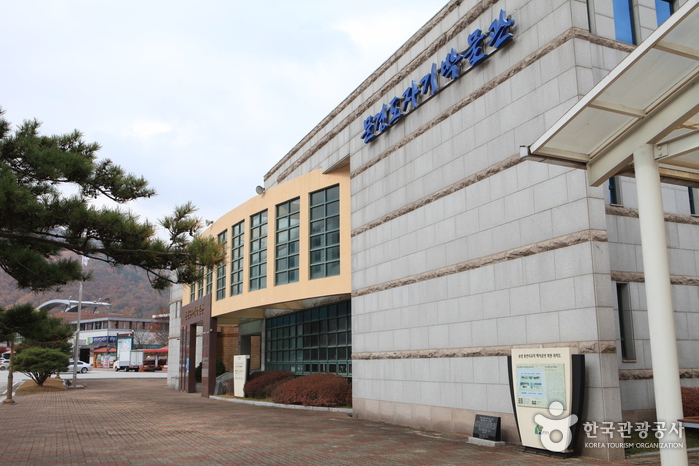

 English
English
 한국어
한국어 日本語
日本語 中文(简体)
中文(简体) Deutsch
Deutsch Français
Français Español
Español Русский
Русский